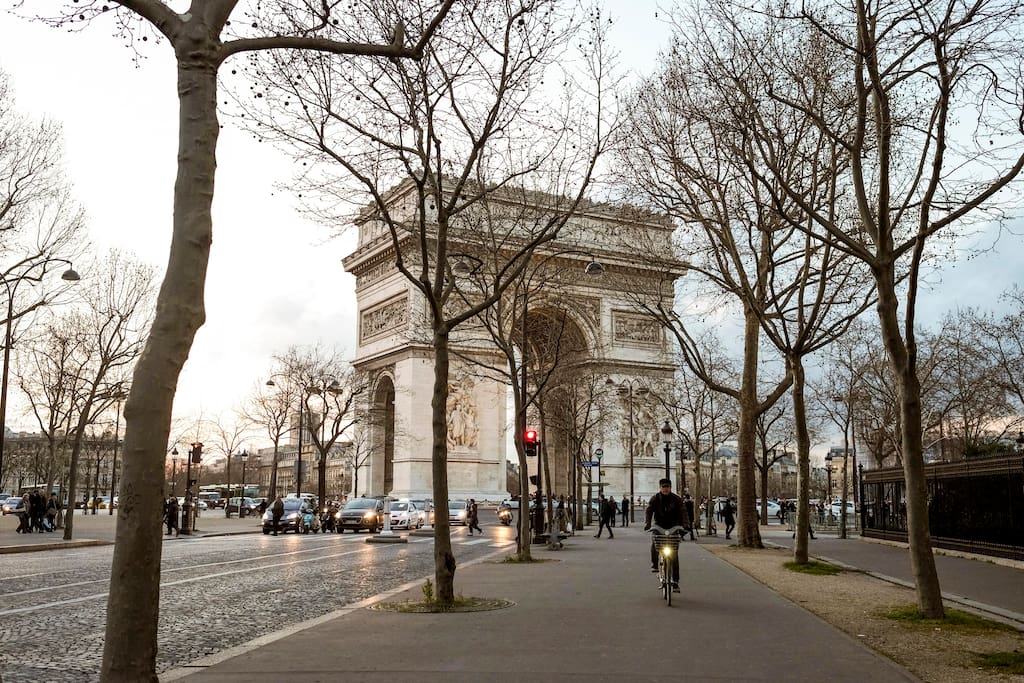Lieux emblématiques
Swamps, wasteland and crops. This is what the Champs-Elysées was almost four centuries ago. In 1670, Louis XIV asked Le Nôtre, the gardener who designed the gardens of the Palace of Versailles, to develop this uninhabited area. The King's gardener then traces, in the extension of the Tuileries, a large alley lined with trees and lawns which goes from the future Place de la Concorde to the current roundabout on the Champs-Elysées. The urban history of the avenue began in 1765, when Louis XV authorized the construction of buildings on both sides of the Champs. Five years later, the Marquis de Marigny had the alleyways that became Avenues de Marigny and Matignon traced, as well as the Allee des Veuve, future Avenue Montaigne
2344 preporuka/e lokalaca
Champs-Élysées
Swamps, wasteland and crops. This is what the Champs-Elysées was almost four centuries ago. In 1670, Louis XIV asked Le Nôtre, the gardener who designed the gardens of the Palace of Versailles, to develop this uninhabited area. The King's gardener then traces, in the extension of the Tuileries, a large alley lined with trees and lawns which goes from the future Place de la Concorde to the current roundabout on the Champs-Elysées. The urban history of the avenue began in 1765, when Louis XV authorized the construction of buildings on both sides of the Champs. Five years later, the Marquis de Marigny had the alleyways that became Avenues de Marigny and Matignon traced, as well as the Allee des Veuve, future Avenue Montaigne

